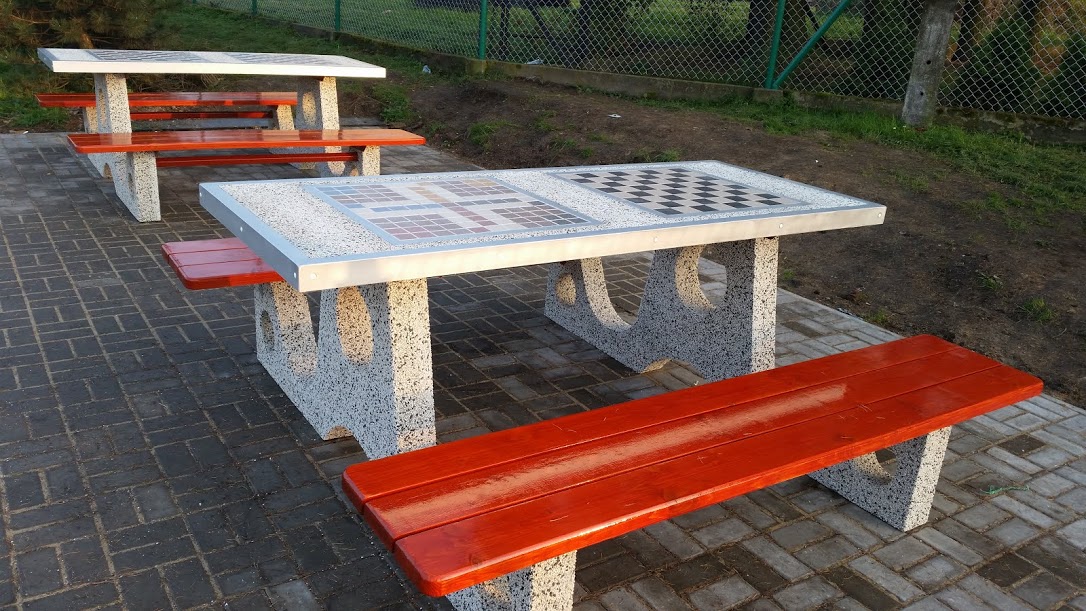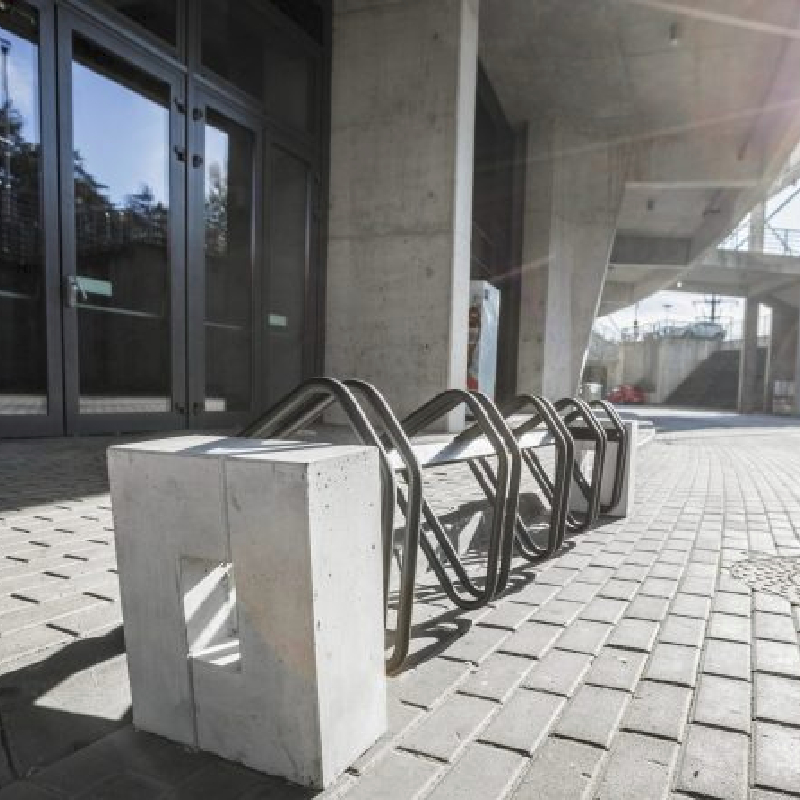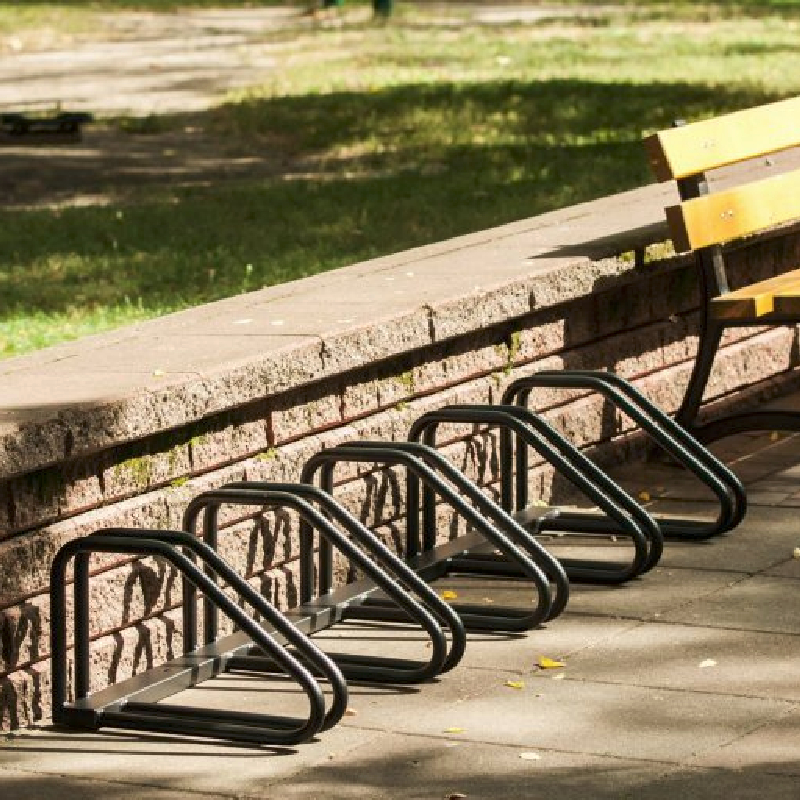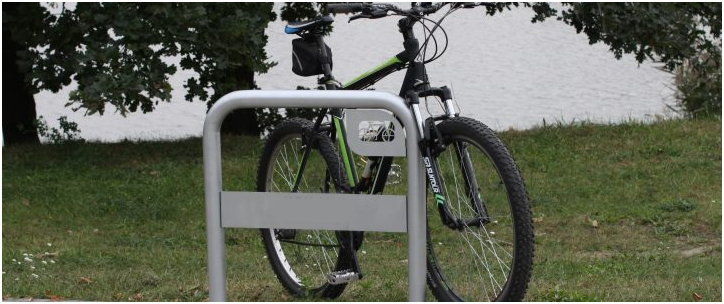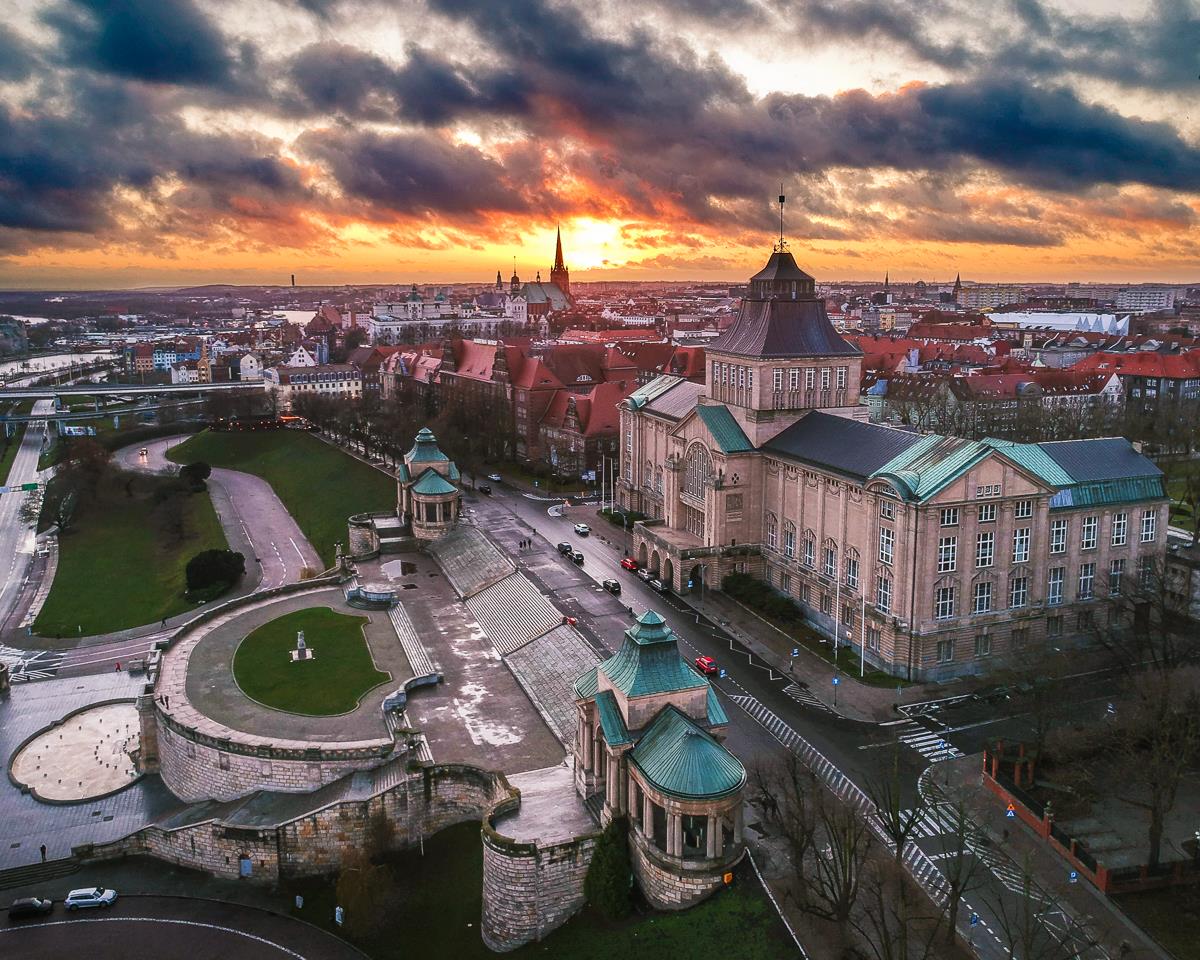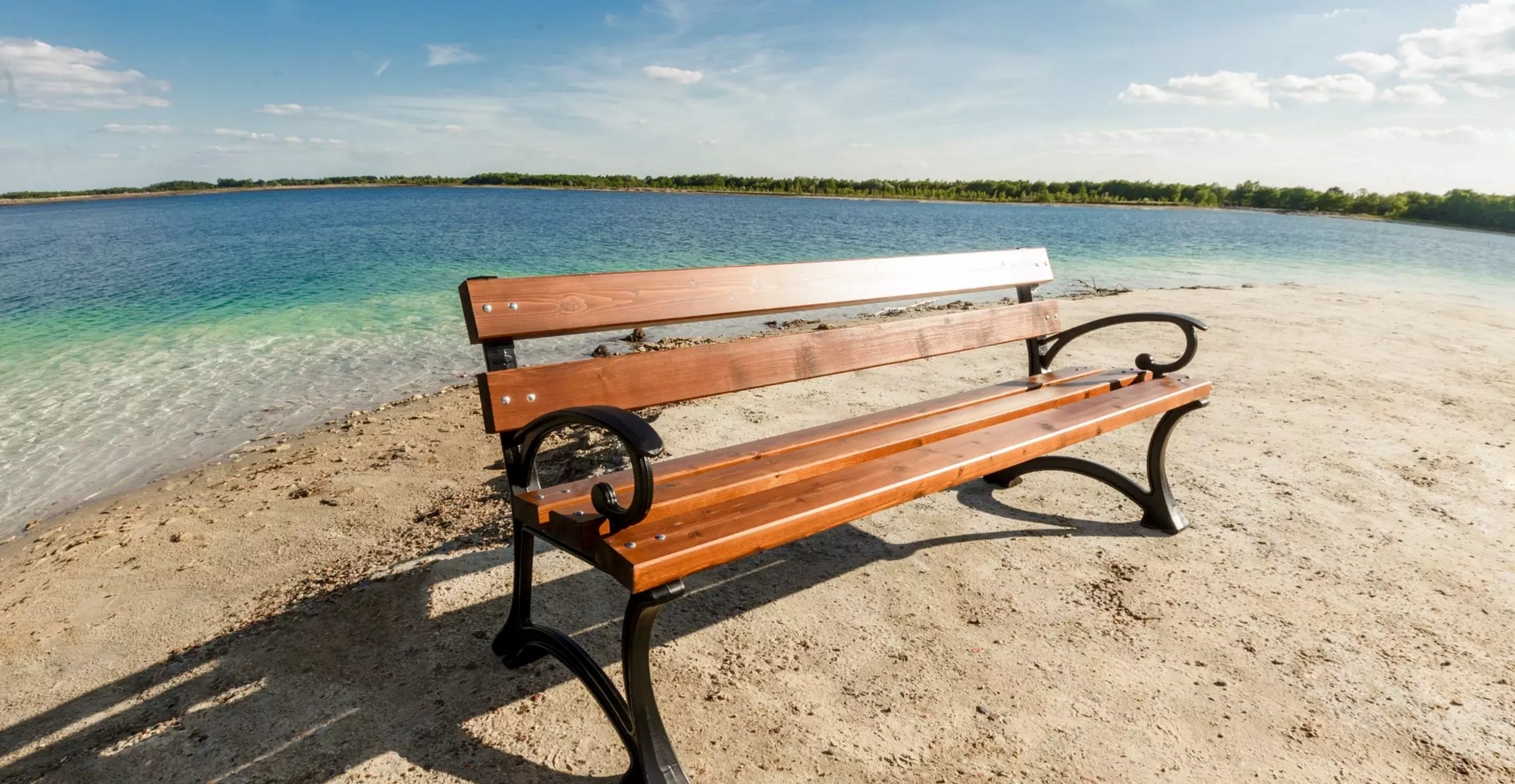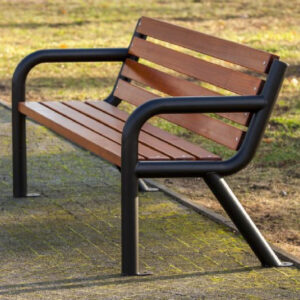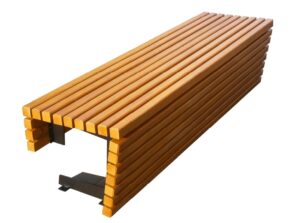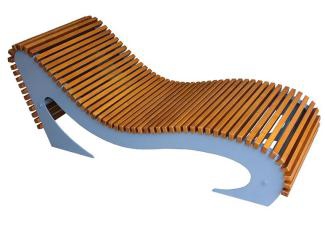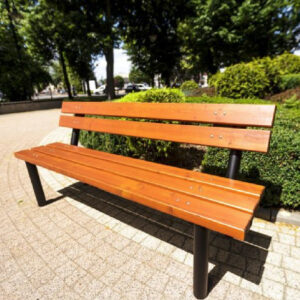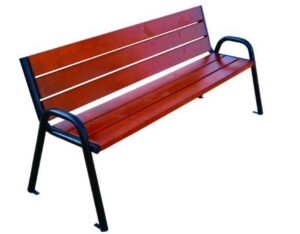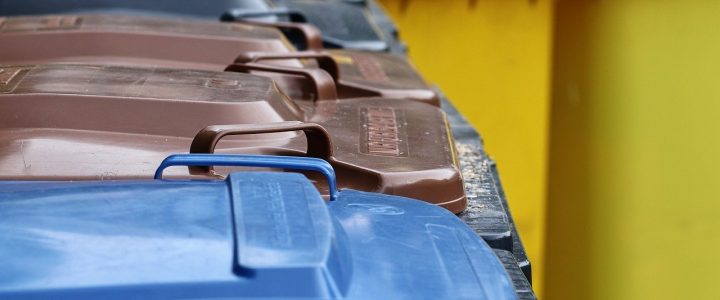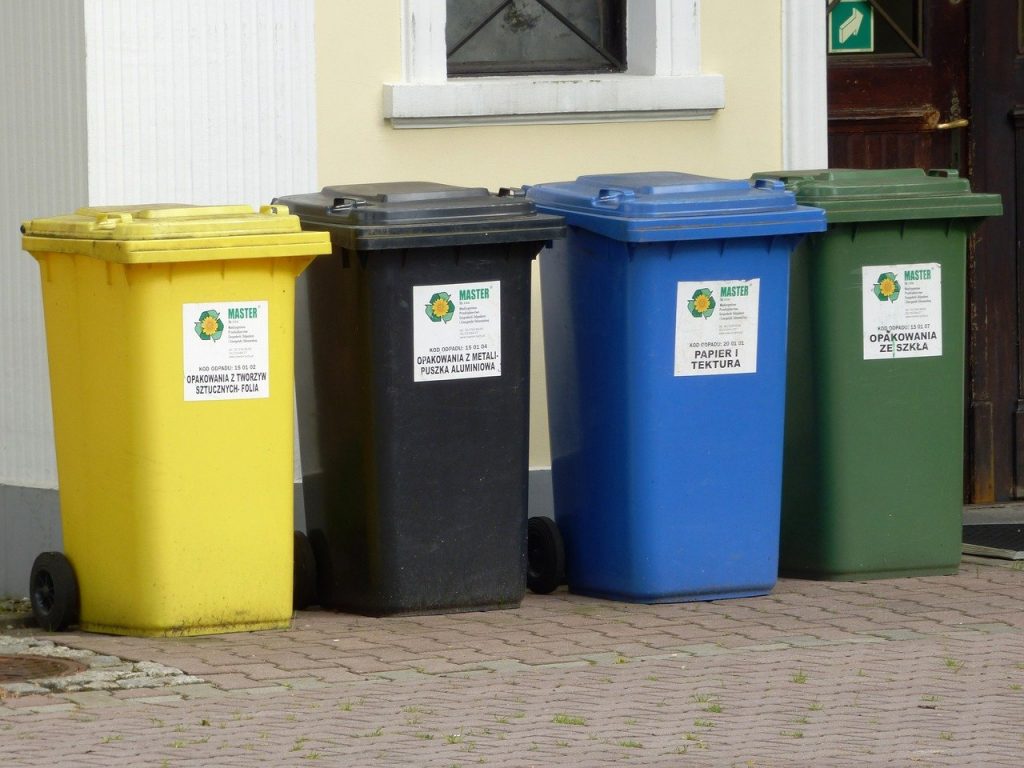When People Hear "Concrete Furniture", they often think, that will be extremely difficult, ugly things, which are only suitable for sitting in parks and bus stops. But most people now realize, that modern concrete furniture can be just as elegant, almost as light and much more durable than other furniture materials. But do you know all the reasons, for whom concrete is a great material for furniture? Here are fifteen of them, starting with amazing functionality, and ending with versatile aesthetics.
Functionality
- Concrete lasts a very long time, potentially thousands of years, as well as Roman concrete structures. Concrete can weigh hundreds of kilograms, it is scratch and gouge resistant and is highly heat and cold resistant. It will never warp, although hairline cracks may develop, which are non-structural and often enhance the beauty of the piece. While the corners and edges may chip, usually need a heavy object hitting the table or dropping the table, make that happen.
The Pantheon has been standing for over a thousand years.
- Great modern sealants make, that concrete is very stain resistant. And even if it is stained, the stain will often disappear after some time, especially if they have bleached in the sun (although many sealers do, that concrete is also highly resistant to UV radiation, so the sun will not damage the concrete or yellow the sealant). Spending a few minutes waxing the table every few months with beeswax or concrete floor wax (not car wax) it will additionally protect the sealant and extend the stain resistance for decades, and the table can be resealed after many years, if need be. If you take care of it, so that acidic substances do not stand for a long time, Your table may not need to be resealed for decades.
- They can be restored and repaired more easily than some materials. If there is a nasty stain or scratch on the table, which does not want to disappear or has simply been neglected for a long time, polishing the table again can often bring the table to life. Chips can often be filled in and mostly or almost completely repaired, no concrete experience required, simply by grouting with matching cement (although this depends on the type of aggregate and cement used to achieve a complete fit). In the worst cases, staining the entire table with color can cause, that it will look like new without completely covering the beauty of the cement, unlike staining or painting great wood, which can often destroy it, making, that table is beautiful. Existing colored spots can be corrected or reapplied. Renovation of other materials, such as glass and acrylic, can be very difficult.
- Because UV radiation, warm, moisture, cold and freeze-thaw cycles have little effect on our concrete, you don't have to worry even in extreme weather conditions. None, except perhaps in the strongest winds (we mean really strong tornado), they won't turn over the tables.
- No odors. Non-toxic and food safe. Easy to keep clean with just soap and water. Concrete emits no or negligible VOCs, and concrete does not contain dust, like soft materials. And, of course (to complete this list) concrete is not flammable.
- Concrete can be eco-friendly, because it takes so long. Cement production is not the most ideal process, because it takes energy to heat cement in kilns, but concrete tables (especially the end tables) require relatively small amounts of material, to create a permanent one, strong furniture. In addition, because we replace about a quarter of our cement with recycled product, that means even less footprint. Other materials may require less initial energy input, but if it takes much less time than concrete, concrete wins. Concrete plays a long-term green game.
Aesthetics
- Concrete can take almost any shape, Colour, many different textures and lots of different sensations. It is perhaps one of the most versatile materials for furniture and design in general, thanks to the combination of strength and freedom of appearance. It can look machine-finished and shiny or hand-made and textured, industrial or fun and artistic. Each space has a certain color and shape of concrete, who would look good in it.
- There are a huge number of aggregates, that can be used in concrete, both to create unique surfaces, as well as to improve quality, for example,.



